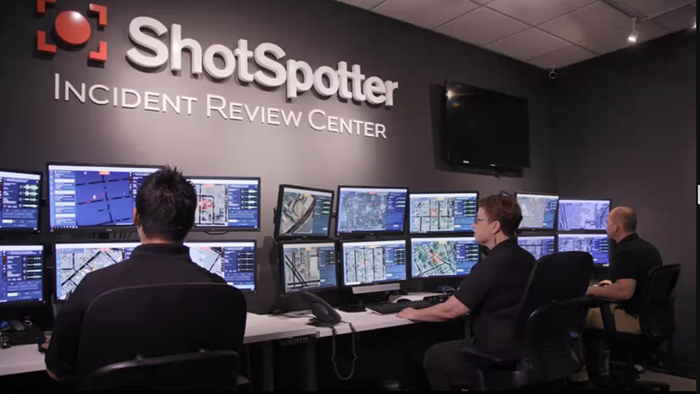Those who make their living putting words down on a page are loathe to admit it, but nevertheless, it's true: Sometimes, words aren't enough. Merely describing the appeal and beauty of Satoshi Kon's Paprika can't quite be done—sure, I can tell you about the stunningly detailed animation, the overwhelming colors, the way that Paprika's hand-drawn characters convey their weight and personalities and movements as effortlessly as if they were real-life actors, and about how there are a few sequences in which music, movement, and color align as beautifully as they have in anything else I've seen. But it's not quite enough.
When people talk about anime, it's easy to compartmentalize: There are the family-friendly fantasias of Hayao Miyazaki, the hip coolness of Cowboy Bebop, the intellectual challenges of Neon Genesis Evangelion. The films of Satoshi Kon (Tokyo Godfathers) are lauded as some of anime's most intricate. Combining beautiful images with complex plots, Kon is one who doesn't stoop and doesn't pander. Sometimes that's for the best (Paprika's visuals are challenging, new, strange) and sometimes it's not (Paprika's plot isn't that great).
Paprika's dense, sci-fi storyline has something to do with an experimental machine, the "DC Mini," that allows people to enter other peoples' dreams. When several DC Minis are stolen, a doctor, Atsuko Chiba, sets out to find the culprit—partially as Atsuko, and partially as her dream world alter ego, Paprika. As dreams blend with real life in always gorgeous, sometimes jarring ways, Atsuko tries to make sense of it all, as does the audience.
But—as one character says in the film—"It's hard to build a case against a dream." One can quibble about Paprika's occasionally obtuse plot, or bemoan its sometimes simplistic characters, but that's not the point here: Kon is going for something bigger than all that, something more visceral, and something that's really, really pretty. And on those counts, Paprika handily succeeds.



















